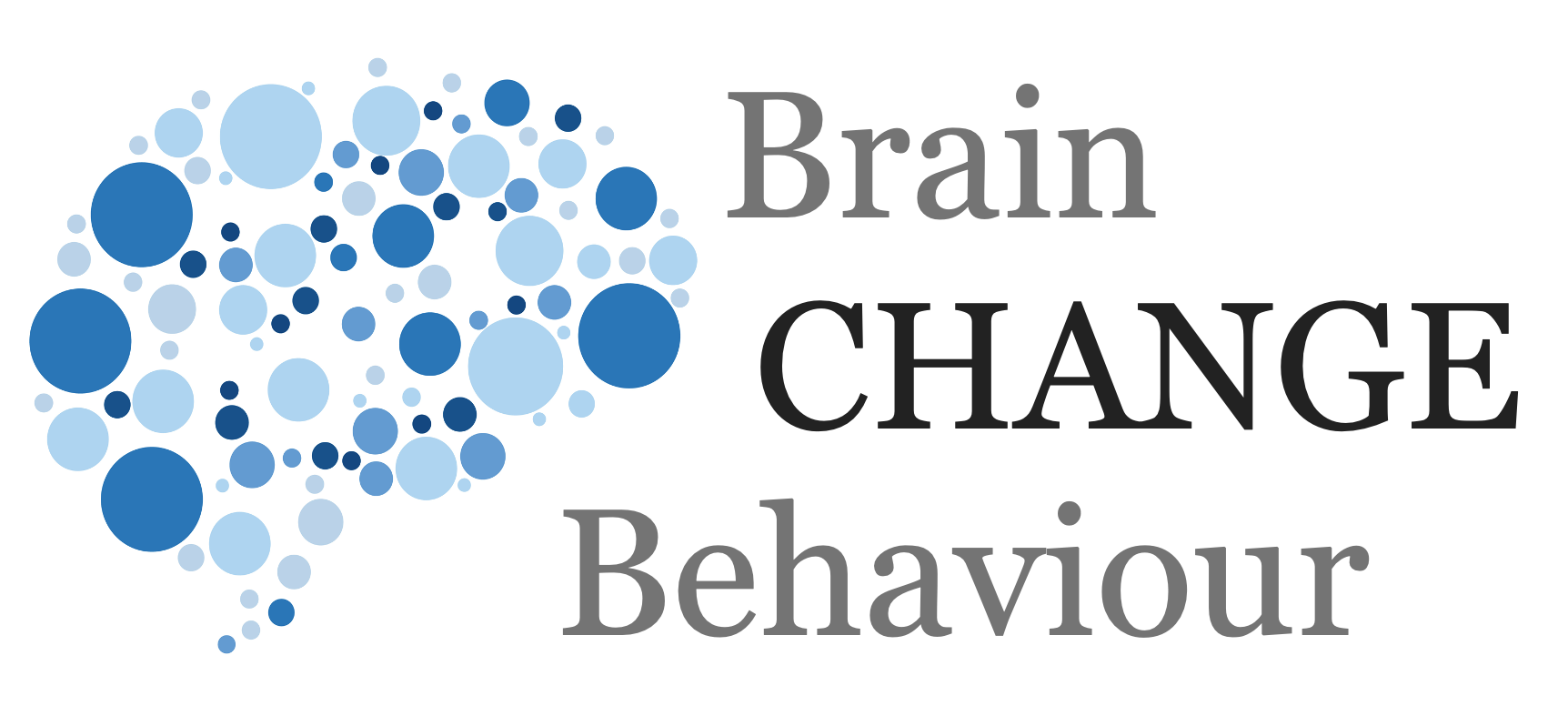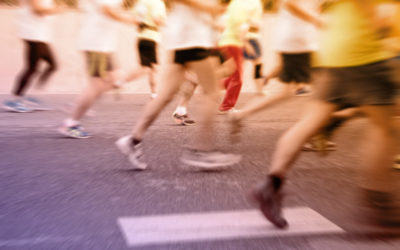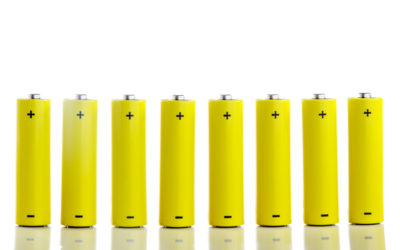Article
Change Models

When a combination of motivation and ability places a person above the activation threshold, then a prompt will cause that person to perform the target behavior. If a person is placed below the activation threshold, then a prompt will not lead to the target behaviour.
The B-MAT model is similar to the COM-B model included in the Behavioural Change Wheel which aims to explain behaviour and its antecedents and therefore aim to guide behavioural change attempts. It was put forward by BJ Fogg of the Persuasive Technology Lab of Stanford University. It is therefore also called the Fogg Behaviour Model (FBM)
B-MAT states that behaviour is a result of Motivation + Ability + Triggers. These are further broken down into key components.
Motivation:
-
- Sensation – these are our primitive motivations with little thinking or reflection involved.
- Anticipation – these are our reward (or fear) based motivation either through positivity, or financial, or alternative rewards.
- Belonging – is driven by our social desire to be part of a group and our sensitivity to social views and acceptance.
Ability:
-
- Time: The individual has the time to perform the target behaviour or the time taken is very low.
- Money: The individual has enough financial resources to pursue/start the behaviour. In some cases money can buy time.
- Physical effort: Target behaviours that require physical effort may not be simple enough to be performed.
- Brain cycles: Target behaviours that require high cognitive resources may not be simple hence undesirable for behaviour change.
- Social deviance: These include behaviours that make the user socially deviant. These kind of behaviours are not simple.
- Non-routine: Any behaviour that incurs disrupting a routine is considered not simple. Simple behaviours are usually part of routines and hence easy to follow.
Triggers
-
- Spark: The spark is a trigger that comes with added motivation. It’s perfect for those who have the ability but lack the motivation.
- Facilitator: While some people have the motivation, they still can’t achieve what they want to. For these people facilitation is needed either trhough guidance, or training, or support.
- Signal: Some people are ready to change. They have the motivation, they have the ability, all they need is the starting gun to fire and they’ll get going. Hence all they need is a spark.
Summary
B-MAT is a useful tool for analysing behaviour and particularly in indivdual case but also in larger scale initiatives. However, it fails to fully describe motivation (SCOAP is more accurate and comprehensive here). It also fails to include environmental contexts though some of these will be included in the Ability section.
It is still a useful and easy to understand guide for individual change.
Simple Takeaways
-
- Behaviour is driven by Motivation + Ability + Triggers
- B-MAT give you a framework to analyse behaviour and hence design interventions
© leading brains 2022
Reference
More Articles
To Change, Start Right Away
Sorry, stupid question right off the cuff. Change what?
Well, in this recent study they were looking at changing health behaviours.
Nudges Work In Changing People’s Behaviour
So what do you mean by “nudges”?
Richard Thaler is considered is one of the founding fathers of nudge theory in the behavioural sciences proposing nudges as the best method to modify people’s behaviour. Made popular by his book Nudge in 2008.
Followers Make Group Decisions a Lot Worse, or a Lot Better
First off, why is group decision-making important?
Well, a lot (just about all, if you think about it) of the biggest decisions in society and in business are made by groups: executive committees, governments, even the population in referendums.
The Right Rewards Boost Creativity in Business
So who doesn’t want to have creative ideas in their business.
The problem is getting employees to be creative while doing their day job as well. We also know that just asking or demanding creativity can diminish creativity and innovation!
Changing Your Personality — Even If You Don’t Want To!
Are you telling me that our personality can change even if we have no motivation to do so?
In a nutshell, yes. But it depends on which personality trait!
Exercise is Infectious
This is an older study (2017) I came across and found fascinating. As many of you regular readers will know I have reported many times on the benefits of exercise.
Why our Brains Miss Opportunities for Innovation
When we think of innovation we think of creating something new. A new study shows that, however, we, by default, try to add something whereby subtracting something could make something better.
Brain Region for Changing Behaviour Identified
The saying goes “Insanity is doing the same thing over and over again and expecting different results.” This obviously refers to doing the same thing over and over and continually getting a bad result
From Couch to Ultra Marathon with Mental Imagery
On first glance I thought the above headline was fascinating. I am a sports person, look into the neuroscience of motivation, and have been in the “motivational” space for nigh on two decades.
Limits to Scalability – Voltage Drops
Voltage Drop is a useful term and analogy to the problems of scaling ideas or change in any environment. Voltage drop refers to how electrical current can decrease across distance it travels.










